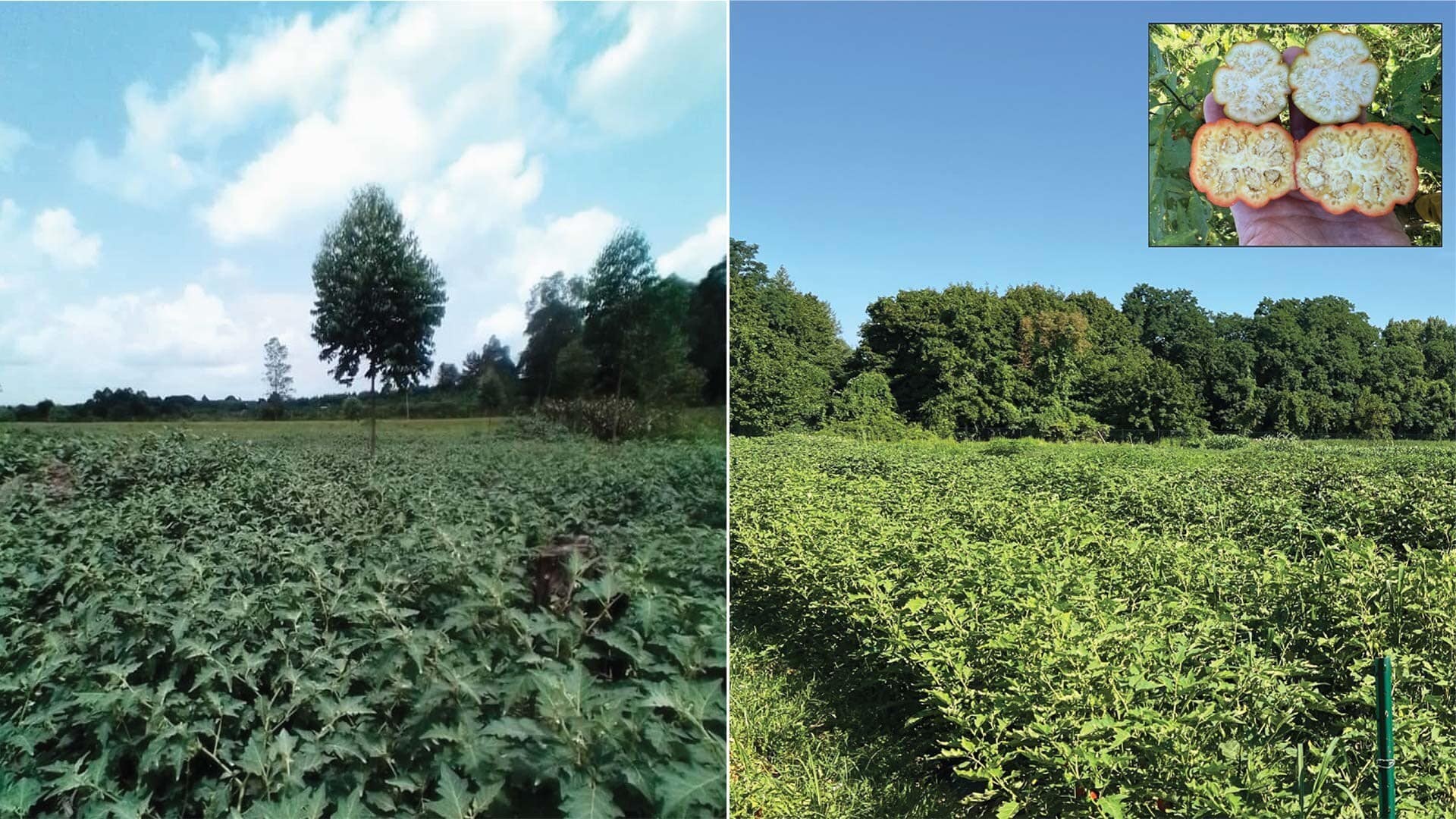Key Takeaways
- Cold Spring Harbor Laboratory (CSHL) researchers have developed a new “pan-genetics” approach to improve crop breeding predictability.
- The study focuses on paralog genes, which arise through gene duplication and influence traits like fruit size, shape, and color across related species.
- African eggplant played a key role in the discovery, leading to insights that could enhance tomato breeding.
- The research underscores the potential for expanding crop diversity beyond the 12 plant species that supply 75% of the world's food.
- Findings could improve global food security, enhance nutrition, and provide more options for farmers and consumers.
CSHL Study Offers New Solutions for Expanding Crop Diversity
The global food supply relies on a small number of crops, with 75% of the world's food coming from just 12 plant species. Yet, scientists estimate that up to 30,000 plant species are edible. Expanding crop diversity is crucial for food security, climate resilience, and consumer choice, but breeders have long struggled with predictability in trait selection across related species.
Now, Cold Spring Harbor Laboratory (CSHL) researchers and global collaborators have made a breakthrough. By sequencing dozens of genomes from the plant genus that includes tomatoes, potatoes, and eggplants, they have developed a new method called “pan-genetics”, which allows for more accurate breeding strategies.
“There’s a lot of wonderful food crops out there,” said CSHL Professor and HHMI Investigator Zachary Lippman. “How many of them have not received the attention they would benefit from, compared to ‘major’ crops?”
The research, published as a landmark study, highlights how gene duplication and the evolution of paralog genes influence agricultural traits such as fruit size and shape.
African Eggplant Provides Key Insights for Crop Breeding
To explore these concepts, the research team turned to African eggplant, a tomato relative indigenous to sub-Saharan Africa that varies significantly in fruit shape, color, and size.
Collaborating with breeders in Uganda, CSHL researchers mapped tens of thousands of paralog genes, identifying a previously unknown gene affecting fruit size. This same gene function was found in tomatoes, demonstrating how insights from underutilized crops can benefit major crops.
“Reciprocal exchange between indigenous and major crops creates new, predictable paths for better breeding,” said Matthias Benoit from INRAE. “This is key to boost the diversity and resilience of the food system.”
By applying gene-editing techniques, the team showed they could enhance tomato size using knowledge gained from African eggplant.
Pan-Genetics Approach Could Transform Crop Breeding
The CSHL study provides a new framework for improving crop diversity and resilience, with potential applications in:
- Boosting food production by selecting for higher-yielding crops.
- Enhancing climate resilience by identifying genes that improve drought and disease resistance.
- Expanding consumer choice by increasing the availability of nutritionally diverse foods.
“Crop diversity benefits nutrition, choice, and health,” Lippman added. “Determining how related paralogs function across species could help improve crop yields, flowering times, and food selection.”


